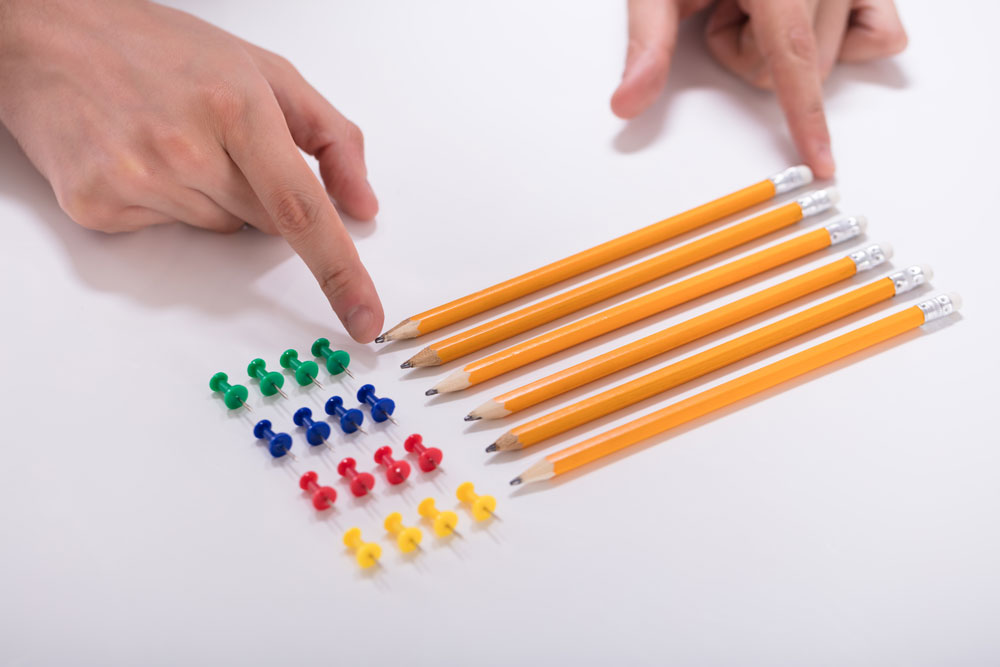"Food waste measurement in elderly homes - how to improve nutrition and reduce waste"
This article is translated with AI and written based on Swedish conditions. Hopefully, it can inspire those interested from other countries.
Systematic food waste measurement is the key to improving nutrition supply, reducing costs, and raising meal quality in elderly homes. By measuring, analyzing, and adapting, malnutrition can be prevented and the quality of life can be improved.
Food waste in elderly care homes - a tool for better nutrition
Food waste measurement as a quality indicator
Systematically measuring food waste provides important knowledge about:
- How much of the served food is actually consumed
- Which meals or dishes are often left untouched
- Possible deficiencies in nutrition supply
Why is food waste measurement important?
Combat malnutrition
- Up to 50% of elderly in care homes are at risk of malnutrition
- Nutritional calculations become meaningless if the food is not eaten
Improve meal quality
- Identify which dishes are not appreciated
- Adapt portions according to individual needs
Economic gains
- Less waste leads to lower food costs
- Resources can be reallocated to higher quality
How to implement food waste measurement
Basic measurement methods
Plate waste
- Weigh or assess leftovers after each meal
- Document in a simple protocol
Refrigerator check
- Record unused food items that are discarded
- Analyze patterns over time
Analysis and actions
Manager's responsibility
- Ensure routines for regular measurement
- Allocate resources for follow-up
Kitchen staff's role
- Adapt portions according to age and activity level
- Experiment with small changes in cooking
Care staff's contributions
- Observe and report eating behaviors
- Provide feedback to the kitchen about preferences
Documentation and follow-up
Nurse's task
- Link food waste to nutritional status
- Flag risk individuals for extra follow-up
Monthly evaluation
- Analyze trends in waste amounts
- Adjust menus and serving methods
Practical tips for reducing food waste
For the residents
- Offer smaller portions with the possibility of refill
- Adapt food consistency according to chewing ability
- Create a pleasant food environment that stimulates appetite
For the kitchen
- Store and handle raw materials optimally
- Use leftovers creatively in soups and stews
- Collaborate with the residence about preferences
Reflection questions - Food waste
Care staff
- Which residents tend to leave the most food?
- How can you make meals more appealing?
Manager, nurse, occupational therapist, and physiotherapist
- Which dishes generate the most waste and why?
- How can you adapt purchases and orders according to waste?
Residents and relatives
- What would make you/the elderly eat more?
- Which food traditions are important to preserve?
Erland Olsson
Specialist nurse
Sofrosyne - Better care every day

Aktuellt i media
- 2025-12-11 04:00 07 Riskhantering
- 2025-12-08 04:00 06 Dokumentation
- 2025-12-03 04:00 06 Dokumentation
- 2025-12-01 04:00 02 Värdegrund
- 2025-11-27 04:00 13 Hygien
-
2025-11-24 04:00
03 Ledarskap
Leadership and Development - Future Elderly Homes, Development Work for Better Care
info Foto: Mostphotos
Foto: Mostphotos






